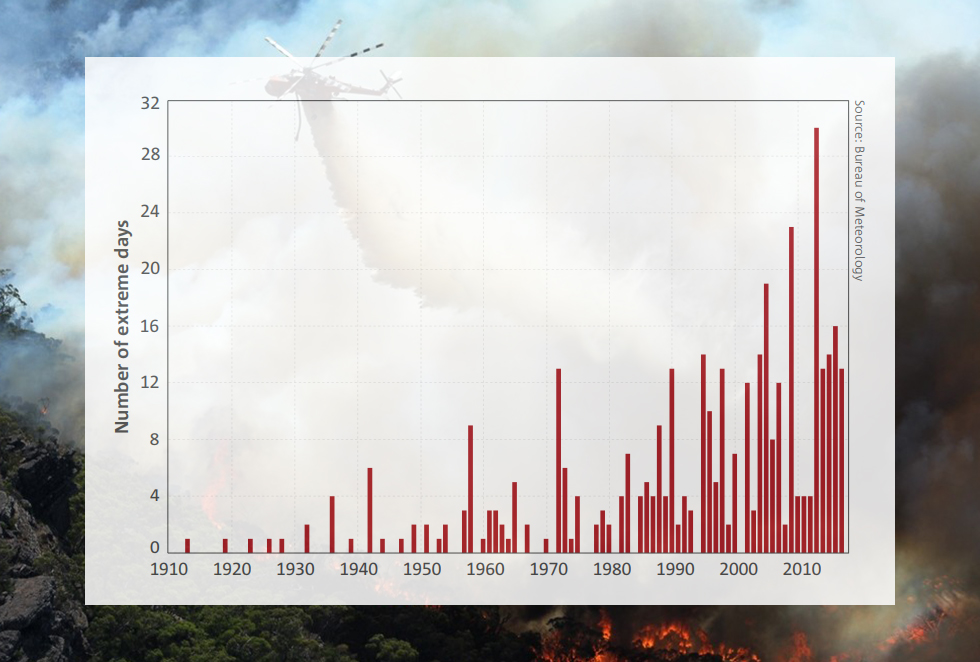EnergyAustralia has a long history of sabotaging climate action and weakening policy for their own self-interest and profits. And they’re at it again.
The climate crisis is already hurting Victorians.
Extreme bushfires, floods, prolonged drought and heatwaves are affecting the way we live and work. In January 2018 Bendigo experienced 12 consecutive days over 35°C, breaking the previous record of eight days set in 2014. If we don’t act with speed and scale, events like this will become even more common and more extreme.
Burning coal is Australia’s biggest source of damaging climate pollution.
In 2018, the UN Intergovernmental Panel on Climate Change (IPCC) warned we have less than 12 years to make rapid changes if we want to keep global temperatures at a safe level. So to protect our communities and avoid the worst impacts of climate damage, we need to close all of Australia’s coal-burning power stations by 2030.
The dirtiest power station of them all is Yallourn in Victoria.
